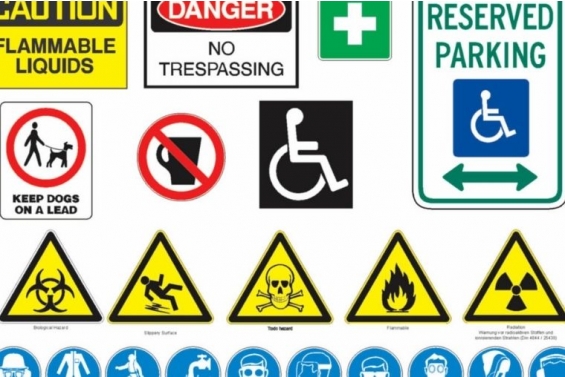In all activities including business, signs are crucial.
Signs are significant in all aspects of life because they define what it means to be human. A sign is a visual mode of communication that should complement rather than replace spoken. Signs are solely based on gestures, which are a natural way for most of us to communicate. We couldn't think, convey what we thought, or assure good collaboration in our work, home, and leisure activities if we didn't have signals. Signs dominantly provide additional visual information regarding the message text, making it easier to comprehend. For persons who have difficulty hearing or speaking, signs are extremely useful. Gestures symbolizing or picturing objects, actions, or thoughts are used to codify signs, but no attempt is made to spell them out. By providing Identifiable meanings that are shared throughout nations, signs provide insights to comprehending experiences.
The most important aspect of a sign is that it assists us in thinking, imagining, and recalling information. Safety signs are one of the most crucial signs as they provide advice on how to avoid danger. Safety signs play an important role in ensuring that facilities are in compliance and that staff is well informed.
Whereas the term “Signage” refers to a group of signs taken together. Signage refers to a collection of signs or groups of signs. It is the use of signs collectively in a unique and creative way to provide commercial and public display purpose and provide information to the audience.
The design or use of signs and symbols to transmit a message is known as Signage.
ROLES AND FUNCTIONS of Signage:
- Persuasion: A promotional signage created to persuade users of a product, brand, or company’s advantages.
- Provision of Information: Signs that transmit information about services and facilities, such as directions, maps, instructional signs, or interpretative signage that are used in tourist attractions and venues such as malls and galleries to improve the consumer experience.
- Direction/ Navigation: Signs, such as signposts or directions arrows, that indicate where services, amenities, and functional spaces are located.
- Identification: Room names and numbers, restroom signs, and floor designations are examples of signage identifying services and amenities.
- Safety and regulatory: Warning sign or safety instructions including exit signs, traffic signs, or signs conveying rules and regulations.
Creative concepts provide you with the most creative and imaginative signages with the most outstanding graphics and designs. At Creative Concepts, the finest quality signage is made serving all purposes.



